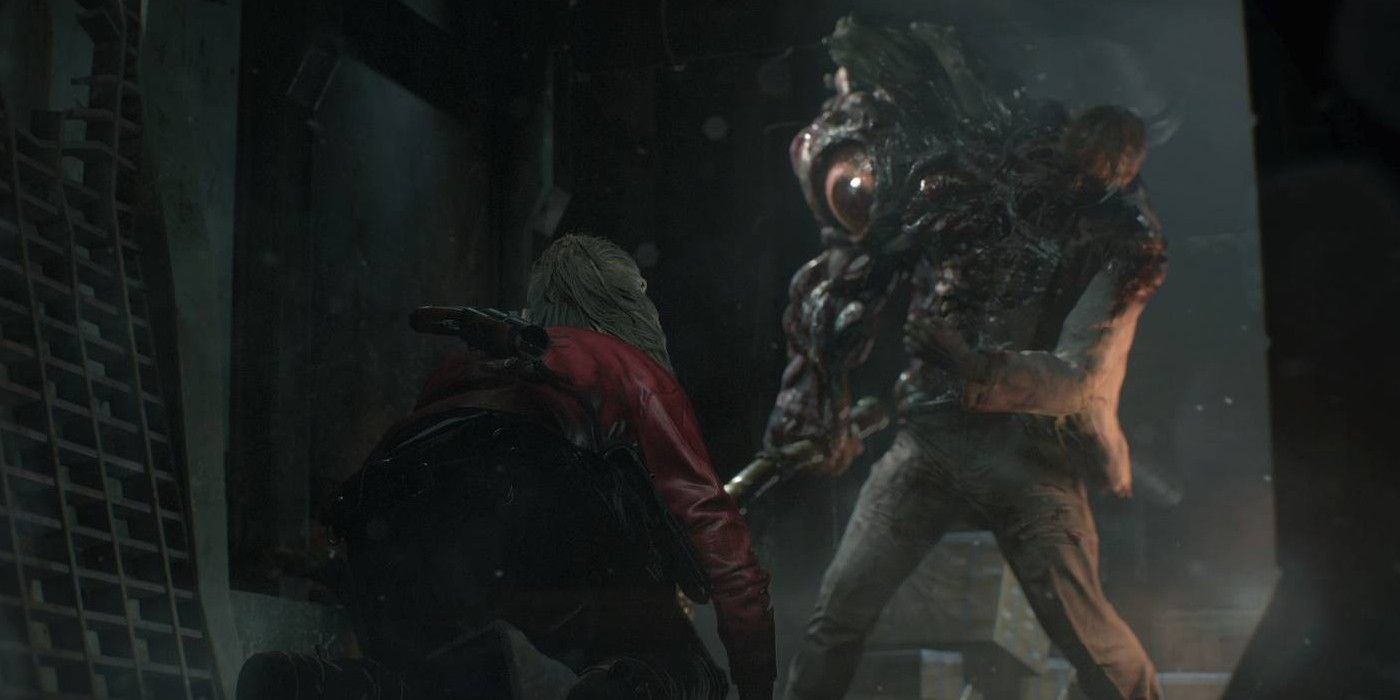
Resident Evil used to be all about zombies and the people who fought them. There was an element of mad science in the background, as well as the deadly politics between Umbrella higher-ups and their corporate and criminal competitor. The series’ lore has deepened considerably since then, with revelations about the nature of the Resident Evil universe’s companies and diseases continuing to roll out even in its most recent game.
There's quite a lot to keep track of, but the fandom has done its best to try. There are a number of different important and unimportant viruses, and sometimes mold or parasites that are impacting a given game’s events. Profiling them involves discussing the Resident Evil games’ stories and lore up to Resident Evil Village, which includes spoilers for the whole franchise.
RELATED: How Long It Takes to Beat Every Resident Evil Game
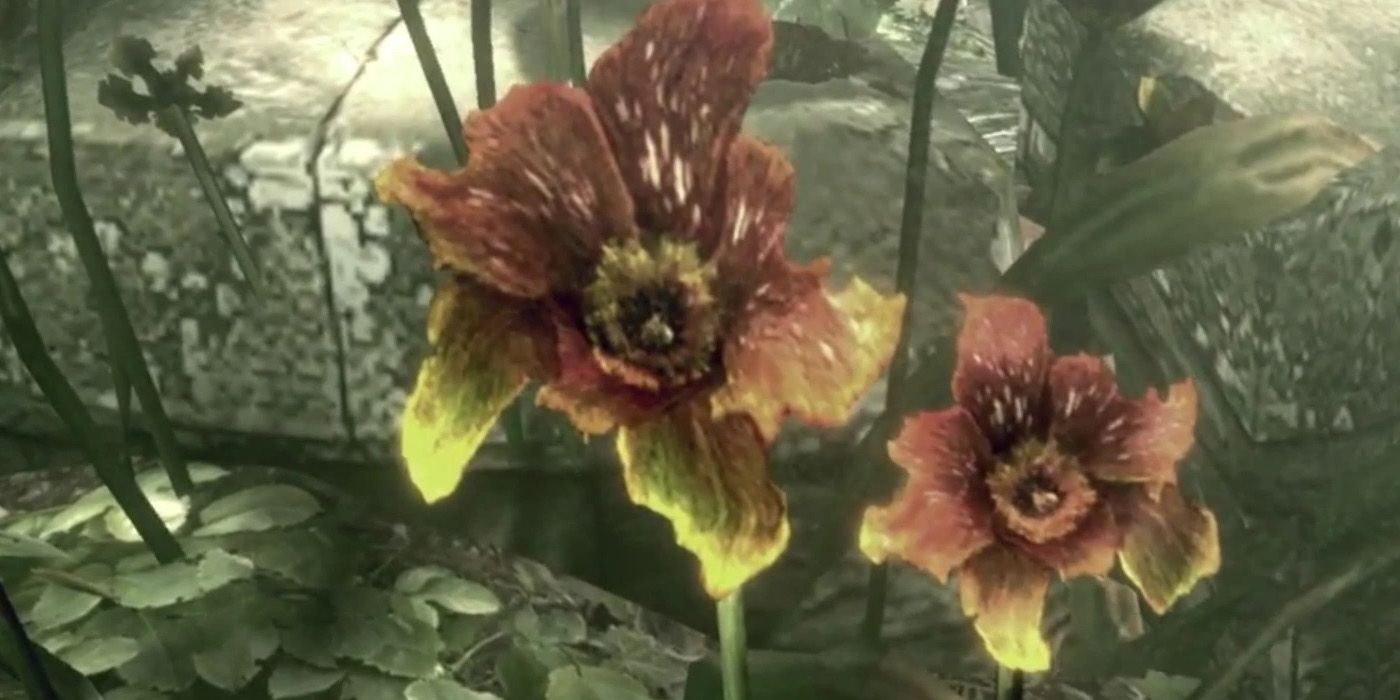
The Progenitor Virus is the one that started it all (before RE Village tacked on a small prelude). It was found on December 4, 1967, by Dr. Edward Ashford, Dr. James Marcus, and Lord Ozwell E. Spencer, the founders of the Umbrella Corporation. Pretty much every important virus in Resident Evil’s history comes from this virus. Thus far, the only confirmed enemy to contain this virus is the nigh-invulnerable Lisa Trevor, a character introduced in Resident Evil Remake. Much like its T-Virus descendant, it could also cause increased size and aggression in animals, but whether this created some of the giant animals in the first Resident Evil is unknown.
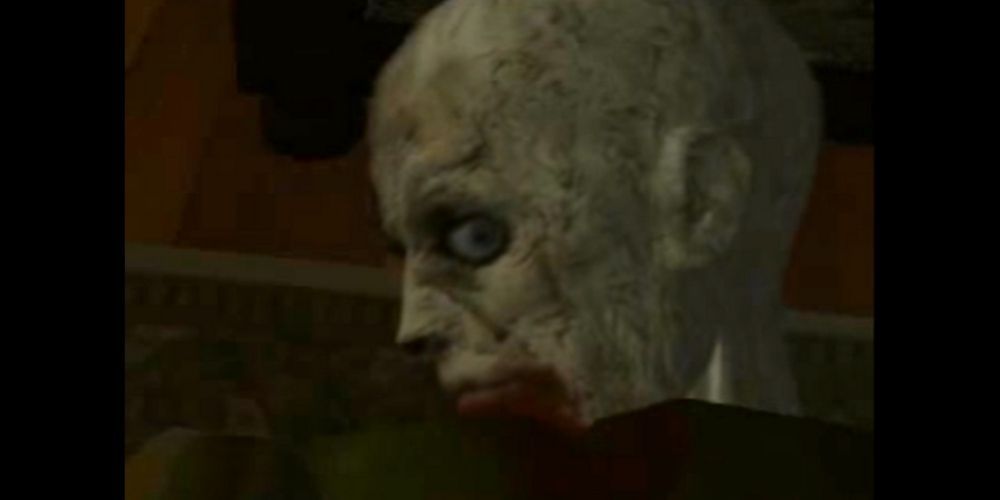
The T-Virus, or the Tyrant Virus, is the most iconic virus in all of Resident Evil, and is the primary source of its zombie outbreaks. It’s also responsible for the creation of most of Umbrella’s Bio Organic Weapons (B.O.W.s), and thus iconic monsters like the RE1 Tyrant, Mr. X, Nemesis, and Albert Wesker’s human form. According to reports in the games, Dr. James Marcus succeeded in creating the Tyrant Virus at the Arklay Management Training Facility on September 19, 1978. This strain was the result of combining the Progenitor Virus with leech DNA, which had the side effect of producing a vulnerability to fire that has stayed constant throughout the series.
The T-Virus can infect basically any tissue, including dead tissue that quickly becomes animated. The necrosis it induces in its human hosts mean that there is essentially no difference between a living and dead infected after a certain point. With certain parts of the brain eroded and others sent into overdrive, hosts are aggressive and always hungry. They can also potentially mutate further into Crimson Heads and Lickers, which become more beast than man.
RELATED: The Resident Evil 4 Remake Has a Big Opportunity With Ashley
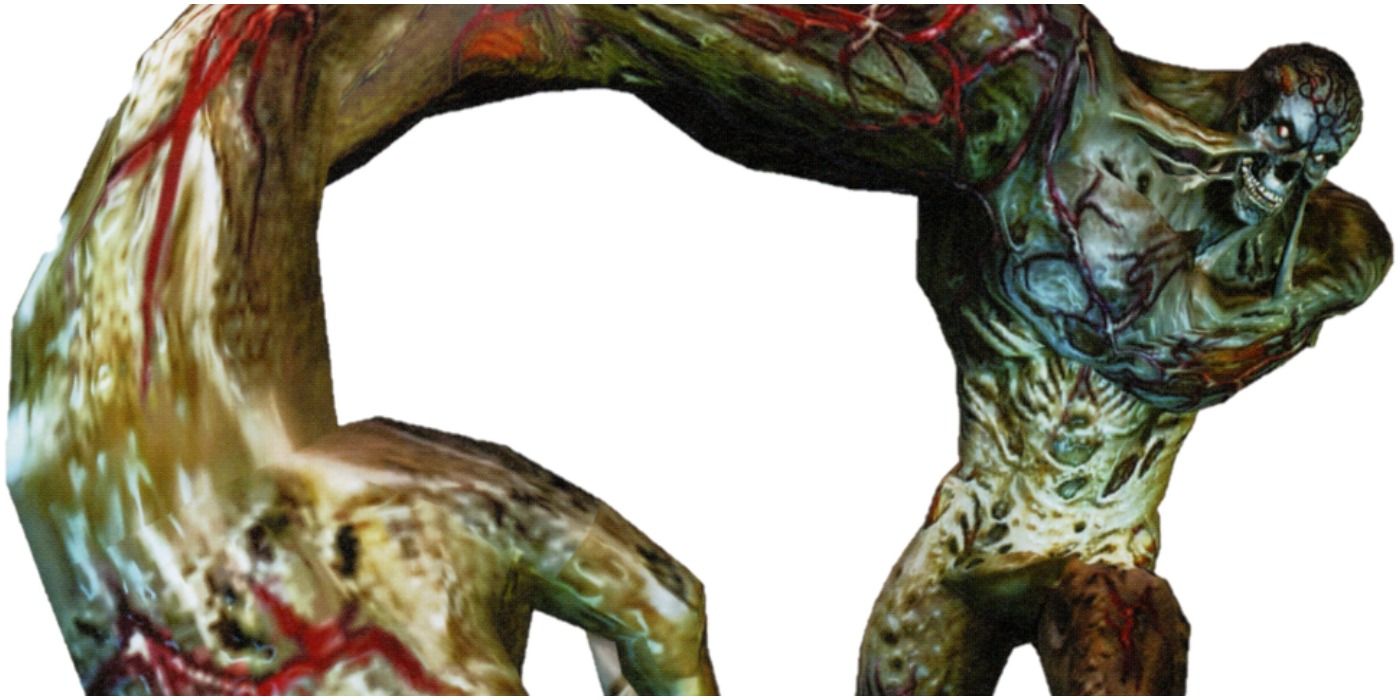
A famous original will spawn many imitators. The first of these was the t-Veronica Virus in Resident Evil Code: Veronica. It was created by Alexia Ashford through synthesis of the Progenitor virus and the gene of a queen ant that contained an "ancient virus." She figured out how to safely administer it to herself via cryogenesis, which resulted in the unique t-Alexia. The NE-T Virus is the specific strain used for the Tyrant project, and was used to create Mr. X and Nemesis: B.O.W.s that could follow simple commands.
The t-Cameron virus was created to be a T-Virus vaccine by and for its only (and probably non-canon) host, Dr. Cameron. She became capable of shapeshifting, and her consciousness survived in her cells even after her initial body died. T-JCCC203 was created in an attempt to cure cancer, which it succeeded in doing, but then killed its host. Other strains such as t-Abyss and t-Phobos were also created, making aquatic monsters and superhumans respectively.
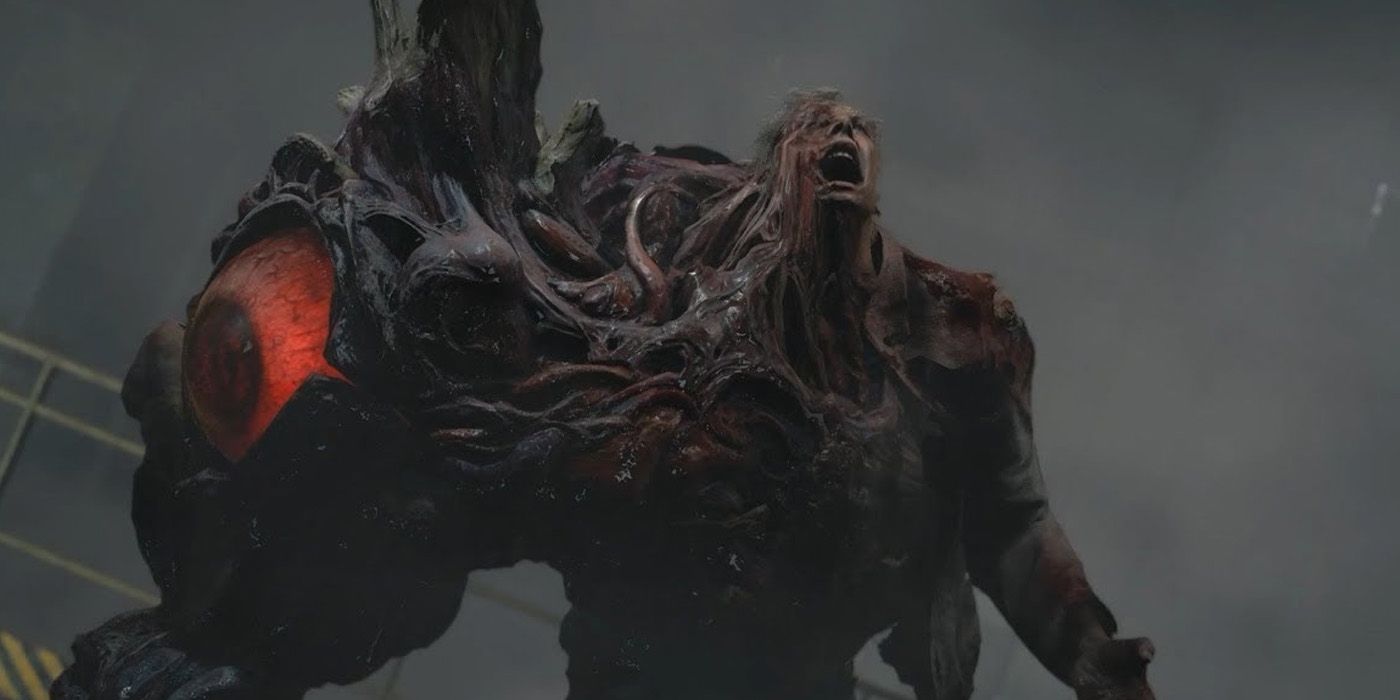
Resident Evil’s other well-known virus is the G-Virus, or the Golgotha Virus. Based on Lisa Trevor’s mutation, this virus heavily mutates its host while they are still alive. The only known successful hosts of the G-Virus are William Birkin and Curtis Miller. If the virus doesn’t stick, and it typically won’t unless the host is a blood relative of the original infectee, it can simply kill its host and leave their body to continue its life as a G-mutant. An attempt at merging the T and G viruses together was named the T+G Virus, and this somehow resulted in electrical and electromagnetic abilities being gained.
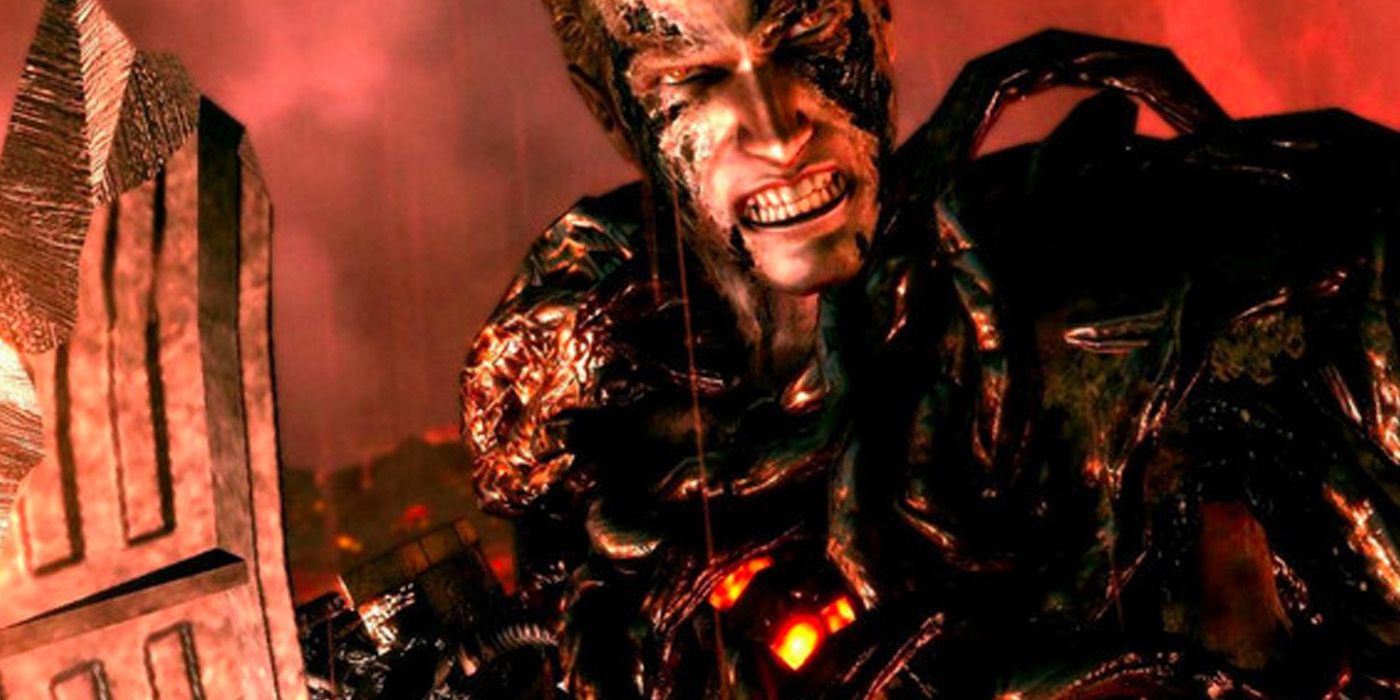
This virus was created by Albert and Alex Wesker. It was initially too deadly for any host, but after synthesizing with Jill Valentine’s T-Virus antibodies, it became somewhat viable. Hosts that could survive the infection gained superhuman abilities, but those who didn’t died horrible deaths - and the slimy black tentacles of the matured virus could leave said host in search of a new one. Albert Wesker died shortly after empowering himself with this virus in Resident Evil 5, as even with all the physiological benefits conferred, Uroboros and his own virus couldn’t survive in an active volcano.
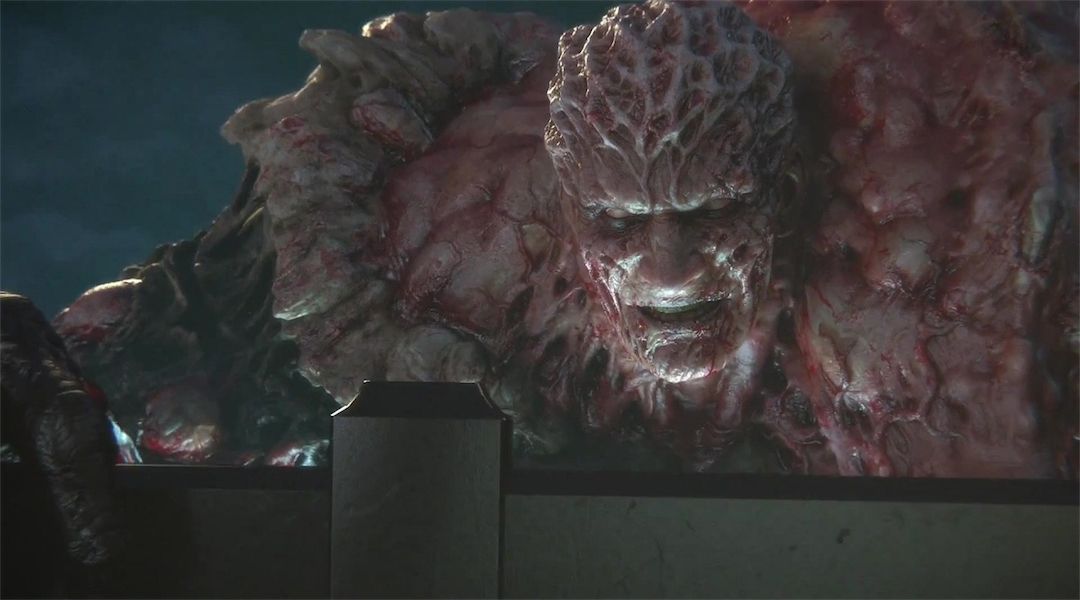
The A-Virus, or “Animality Virus,” was created by Glenn Arias as part of a cult to wipe out human life. There are three variants to this virus, each that affects people in different ways. The virus caused the usual mutations and led to another zombie outbreak. Being the focus of the Resident Evil: Vendetta CG movie, this is not an important virus to the whole of Resident Evil.

The last virus of the series for now is the C-Virus, or the Chrysalid Virus, which, for lack of a better description, mutates whatever creature in whatever way Resident Evil 6 needs it to at that moment. It’s a very spectacle-heavy virus that can revive ancient corpses and turn humans into both regular zombies, bizarre mutants, and giant animalistic monsters (it can even confer shapeshifting powers to a lucky few). This virus cannot be communicated through bites, but can be contracted through direct injections and clouds of itself. Its inconsistent properties gave many fans a headache, and it was fortunately wiped out after its only appearance.
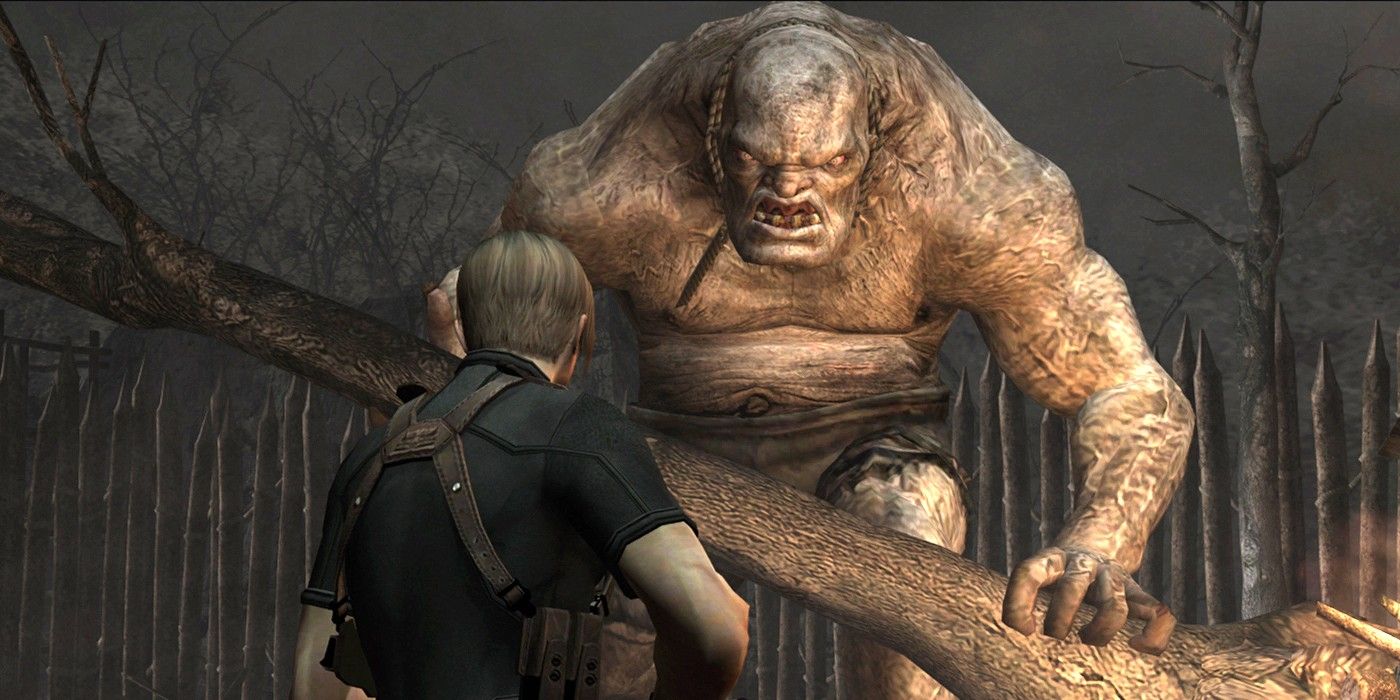
The star “virus” of Resident Evil 4 was not a virus at all, but was instead an ancient parasitic arthropod known as the Plagas. Aside from inspiring a new power for Nemesis in Resident Evil 3, this parasite is largely disconnected from the wider Resident Evil world. It only appeared in Resident Evil 4 and 5, and had a diminished role in 5 thanks to other viruses taking the stage. In its home game of 4, the Las Plagas were used as a mind control method by Osmund Saddler’s Los Illuminados cult. He and Ramon Salazar were implanted with the Dominant species Plagas, giving them control over other infected and allowing for especially strong mutations.
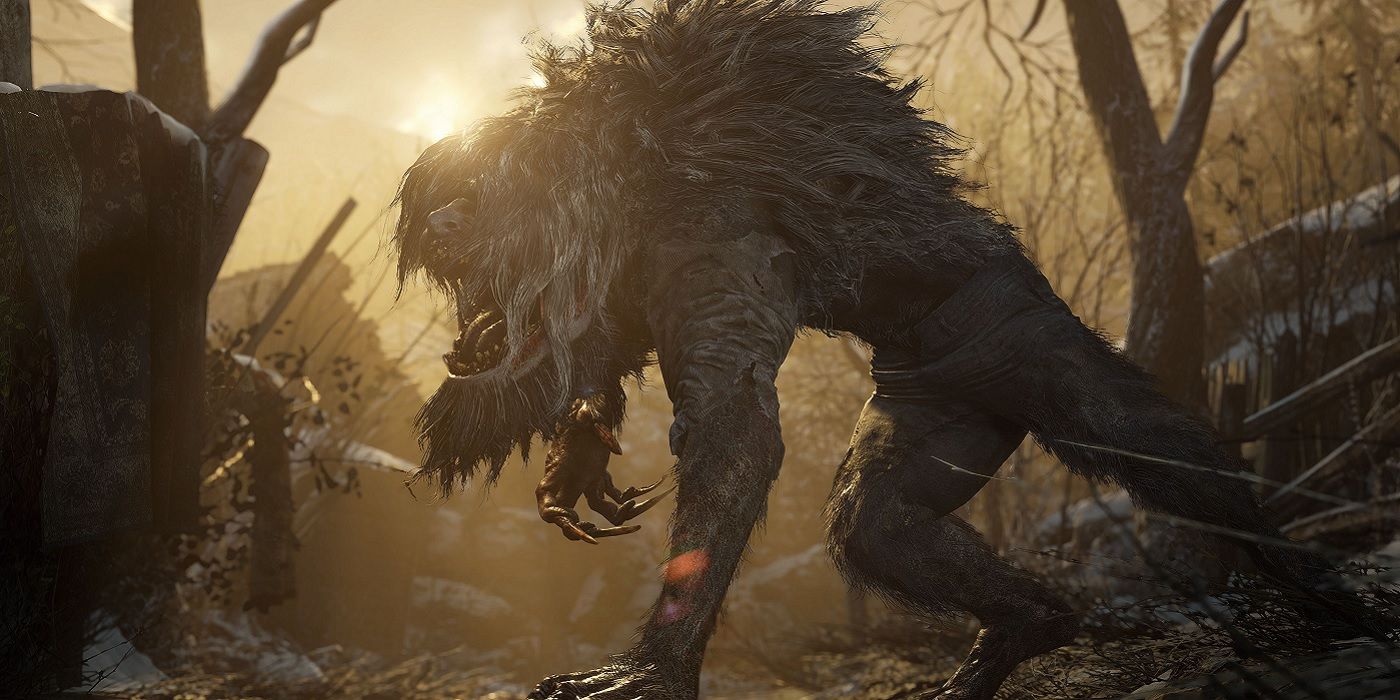
Finally, there are the new fungal bioweapons and associated parasites introduced in Resident Evil 7 and Village. These are all fundamentally related, though like Las Plagas operate outside of the typical Progenitor Virus-based shenanigans of Resident Evil at large. The Megamycete is an ancient organism that can infect and mentally link organisms in both death and life. The Mold, and RE7’s Molded, are a result of its use by the B.O.W. Eveline. The various movie monster send-ups in Village are the result of Mother Miranda combining it with a parasitic nematode she called the Cadou, which keeps its hosts stable. The powers of the Megamycete seem immense and supernatural, and it’s likely that even after two defeats, it will play a major role at least one more time in Resident Evil 9.

